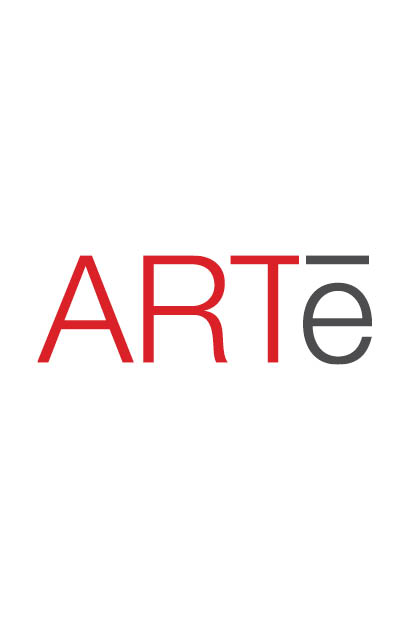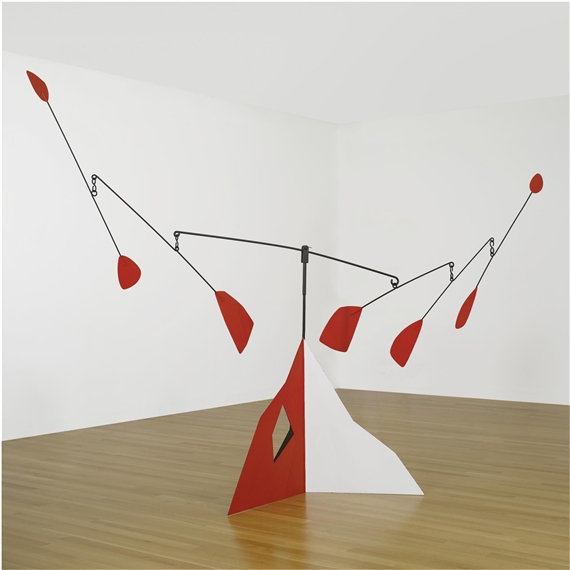Alexander Calder • American (1898-1976)
Balloons C: 1973 • Lithograph on Paper 39-1/2” x 28”
Le Grande Cirque de Calder first appeared on a bright Paris street corner in 1927. It was the brainchild of a third generation American sculptor (fourth counting his great-grandfather who carved tombstones in his native Scotland). Alexander Calder, son of Alexander S. Calder and grandson of Alexander M. Calder, was a trained mechanical engineer with the soul of an artist. “To an engineer, good enough means perfect. With an artist, there’s no such thing as perfect.” Calder spent his life pursuing and escaping perfection.
While studying art in “Roaring 20’s” Gay Paree, Calder began building mechanical circus performers from wire, cork, wood and other found objects. There was a mechanical horse trotting around the main ring until it tripped a lever springing a small wire acrobat into the air and onto the horses back (almost) every time. A mechanized lion chased the Ringmaster’s tassled whip. An acrobat with hooked hands and feet moved effortlessly from one swinging trapeze to another until Calder used a finger to knock it off the bar and tumbling onto the net below. Throughout his life, Calder kept adding mechanical acts to his artful little circus until one day, as an old man, he recreated his Paris youth while kneeling on a sidewalk beneath the famous arch first sculpted by his father.
(story continues below break)






























